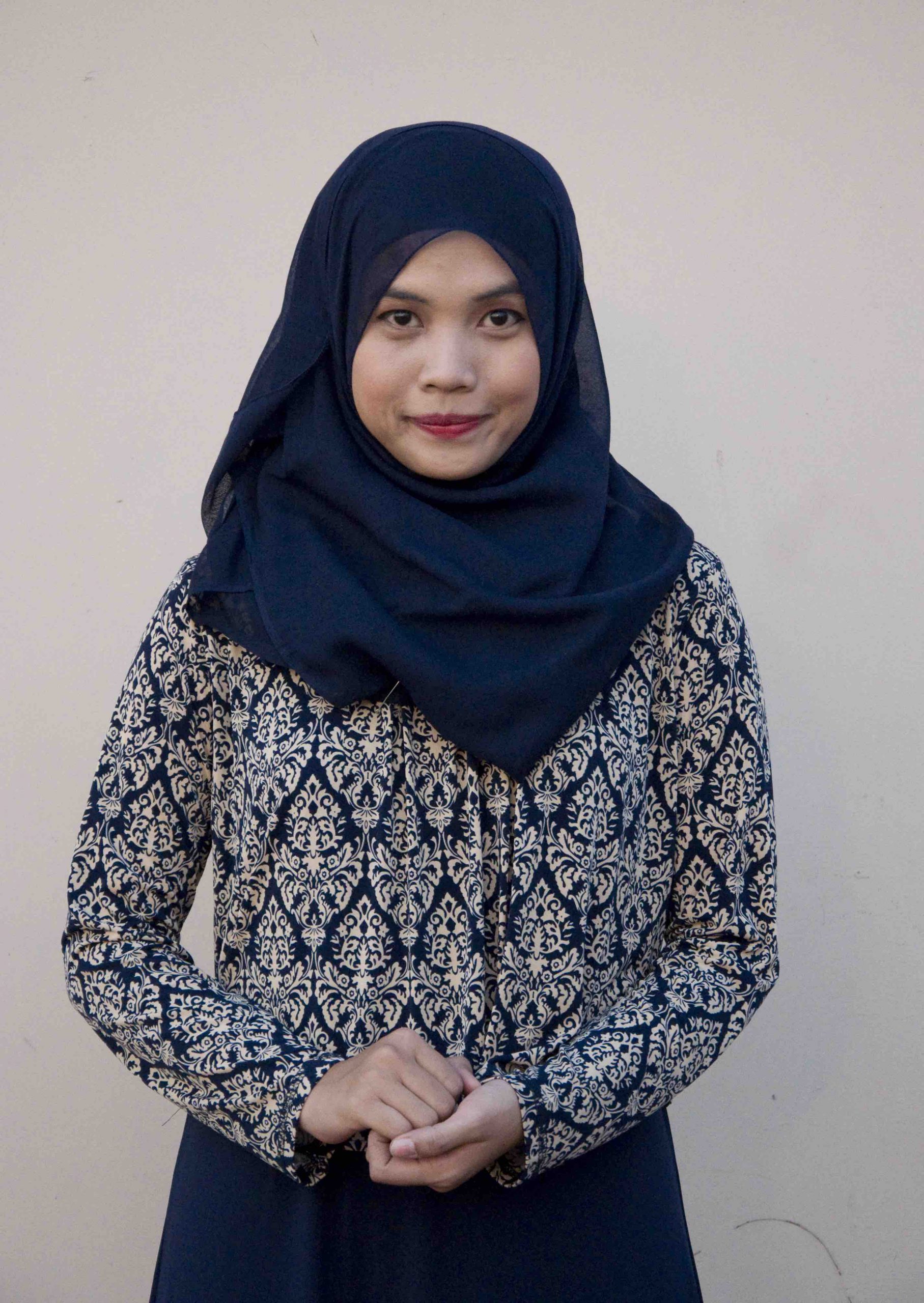Story & Photos: Tran Tan Vinh
Batik is the technique of applying wax and dye to fabrics to produce decorative prints of complex and beautiful patterns, decorations and colors. The technique dates back to at least the 4th century BC, where it existed in Egypt and was utilized around the ancient world in countries including China and India. Via trade and cultural exchange, batik fabrics and techniques emerged in Australasia and Southeast Asian countries, where they are still found as traditional costumes among many different groups.

But it is Indonesia that is the undisputed kingdom of batik, known to produce the finest and most exquisite batik fabrics in the world. This country of thousands of islands boasts ancient batik-producing regions such as Toraja, Flores, Halmahera, Papua, and particularly around Tuban, located on the north coast of East Java.
Batik production is carried out through a series of steps. On cotton cloth, decorative prints are drawn in pencil and then wax.
Selected areas of the cloth are blocked out by brushing or drawing hot wax over them, and the cloth is then dyed. The parts covered in wax resist the dye and retain their original color. The most important step is drawing with wax, usually a mixture of beeswax or paraffin. A small copper tool containing with elongated and slender tip, called canting, is used to draw and apply the wax on prints or patches. The cloth is then dried and checked for quality, color and decorative patterns after the first dyeing. The pattern can be repeated over several courses of drawing, applying wax, and dyeing to create increasingly complex finished fabrics.
Batik requires diligence, patience and creativity because of its painstaking process. Men plant the cotton, but all the ensuing tasks, from cotton harvesting to spinning, weaving, pigment handling and printing are traditionally done by women, who hold batik secrets passed down through generations. A variety of colors are created by adding herbs and adjusting the time of soaking and dyeing the cloth in pigments. Brown is extracted from soga bark and red from morinda citrifolia leaves, while indigo is the most popular natural color. Upon this basic palette, an almost infinite variety of artistic creations can emerge.
Batik fabrics of various sizes are used to make shirts, dresses, scarves, headscarves and belts. In the present day, a type called batik lurik is a widely-used fabric for women. These fabrics are decorated with numerous prints including phoenixes, peacocks and cranes, often with floral and leaf prints at the heart and on the fringe. In folk conceptions, birds symbolize males and flowers represent females. The floral prints of batik gedhog or batik lurik are the most established techniques.

Batik is worn across all social classes in Indonesia, with certain styles worn on special occasions. Indigo fabrics called putihan indicate purity and are usually used for scarves and wraps of babies, particularly when they are ill. Batik fabrics with vermillion prints on a white surface are called bangrod and used for young women about to be married. Batik fabrics that mingle red, blue and black on brighter surface are called pipitan, and are seen as a token of togetherness and reunion between spouses and their offspring. Batik fabrics of dark blue on a pale blue surface are called biron, worn both by middle-aged women and also given as a dowry for young women before their wedding. Several batik fabrics are exclusively meant for home decorations.
Batik combines both sophisticated weaving techniques and creative expression, making it both a craft and an art. It remains a deep source of cultural pride and identity for Indonesia, and in 2009, batik was registered by UNESCO as an intangible cultural heritage of humanity.










